The ten most spectacular theatres of Hungary

It is hard to image how many historical events, critical and carefree periods are connected to Hungarian theatres. Nlcafe.hu could not introduce all of them, but made a list instead, of 10 theatres worth visiting.
Comedy Theatre of Budapest – gem of the capital since the Monarchy
The Comedy Theatre of Budapest is a gem of the capital since 1896. The construction lasted one year and the building reflects the architectural style of the age with, for example, the driveway in front of the entrance, the ornamental gilt hall, the radial flights of stairs or the beautifully created boxes. The performances are going on on three stages in the theatre that can host an audience of 1700 people. The Comedy Theatre attracts several people with world premières of both national and international plays, evergreen musicals and actors, actresses and directors like Enikő Eszenyi or Róbert Alföldi.

(Hungarian: Vígszínház)
The speciality of the pedestrian precinct: the National Theatre of Pécs
The National Theatre of Pécs began its operation in 1895, the building of the Monarchy era has served the artists and the audience without any problems for 90 years. However, in 1986, it became perilous and needed a total restoration. It could reopen in 1991 with a somewhat new exterior, and by that time the theatre got a modern revolving stage and a special light, voice and video system. The building opens from the pedestrian precinct of Pécs and a beautifully illuminated fountain stands in front of it.
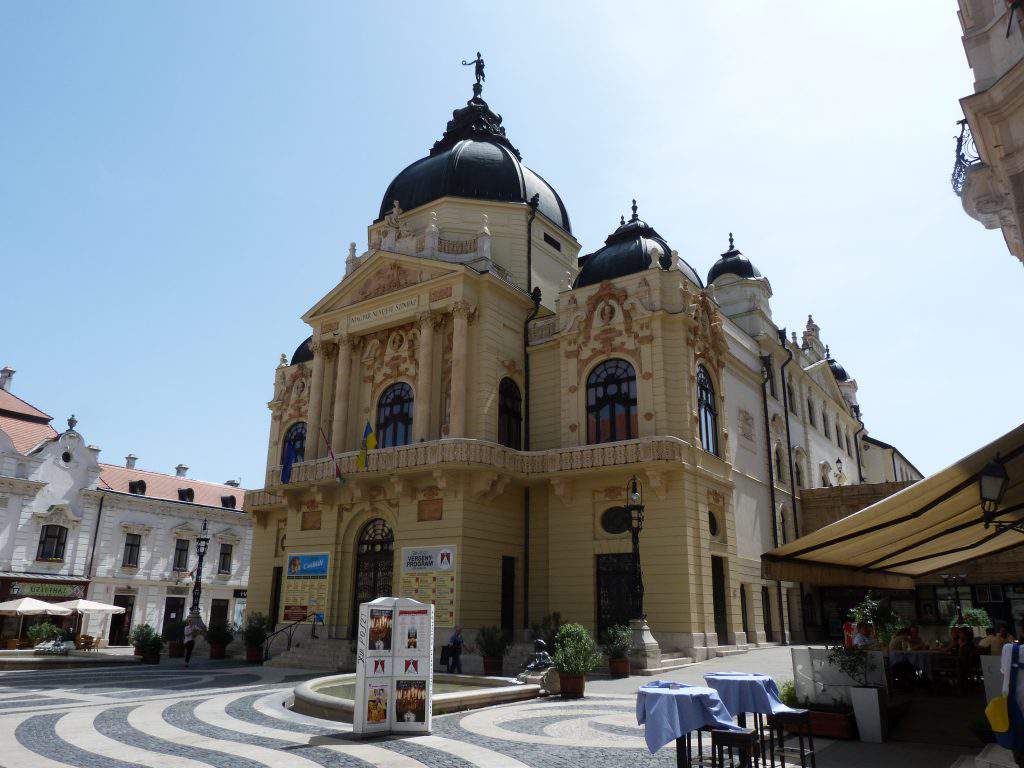
The building of the National Theatre of Miskolc is unique in a number of respects
The building of the National Theatre of Miskolc has been standing in the centre of Miskolc for not less than one and a half centuries, since 1857. The theatre was built in the spirit of Classicism and Romanticism and became one of the first stone theatres in Hungary. Its construction lasted ten years and it has a number of curiosities regarding its design. The basement of the theatre originally hosted some shops so that the theatre’s operation could be covered by their income. It is also interesting that a fire tower was built at the top of the theatre. The building was reconstructed several times, it got its final form and size – which is twice the size of the original building – in the 1990s. Since then, the prose, musical and dance performances are put on stage with the help of the most modern techniques.
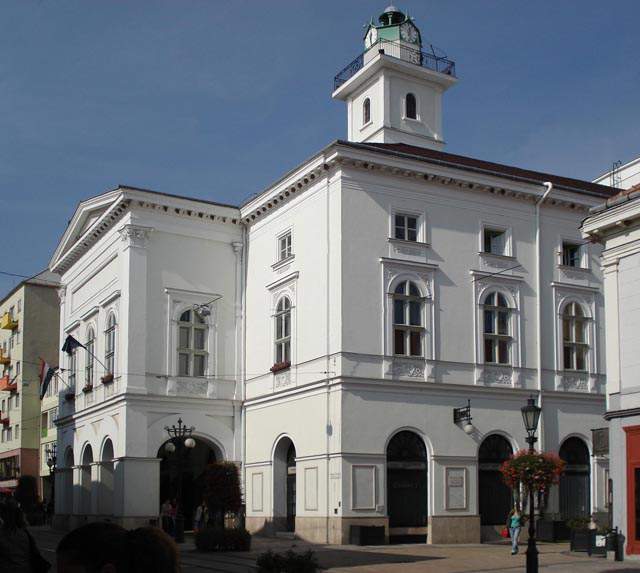
The National Theatre at the bank of the Danube as a strange ship
The first National Theatre was opened in 1837 operating as the Hungarian Theatre of Pest for some time. It moved from the Astoria to the Blaha Lujza Square, then to a number of temporary places, but since 2000 a totally new building hosts the theatre. The building reminiscent of a ship is located near Rákóczi Bridge on the Pest-side bank of the Danube, and its construction lasted for only 15 months. Plays are performed on five stages, one of which is a special revolving stage, and on an additional outdoor stage built at the bank of the Danube. The builders of National Theatre made an effort to use exclusively natural materials, which means they used mainly limestone, granite and wood. A park was also created around the building where the statues of legendary Hungarian actors can be found, for example the statues of Zoltán Latinovics and Kálmán Latabár.
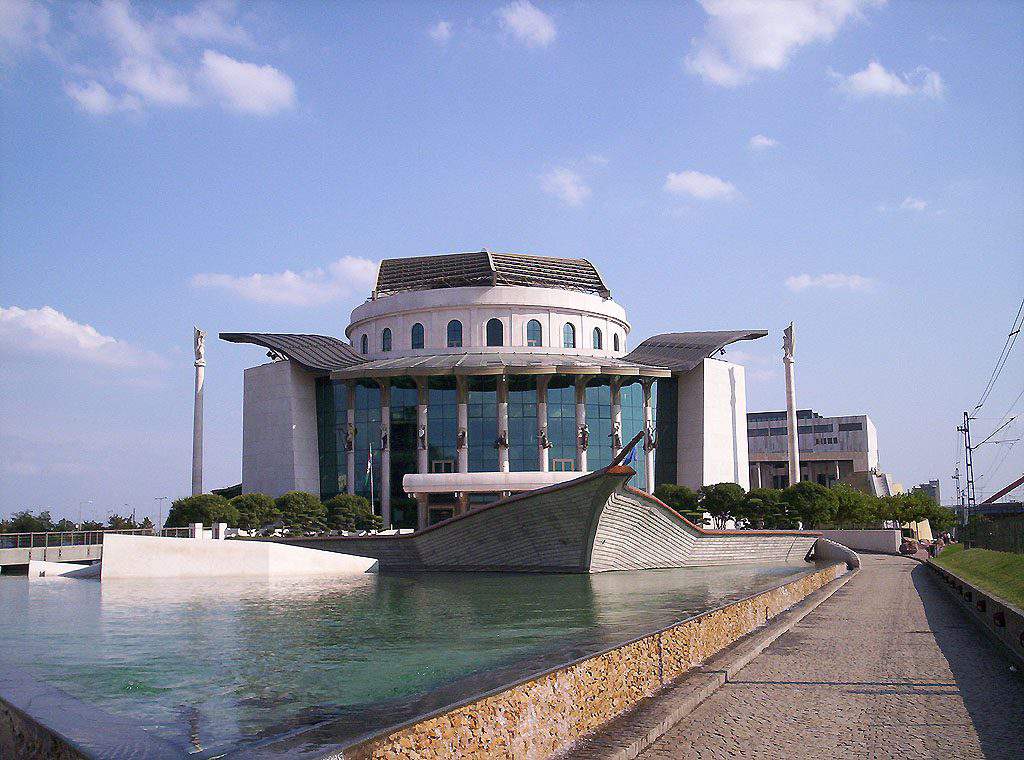
Katona József Theatre of Kecskemét as the result of the artistic revolution of the Dual Monarchy
During the Monarchy era, a cultural revolution and a craze of building theatres was going on in Hungary. Kecskemét was not left out either, where the theatre named after József Katona started its operation in 1916, 101 years ago. It was built in the spirit of Eclecticism with Neo-Baroque ornaments, while the interior design uses the colours of gold and claret. In front of the building the Holy Trinity statue is placed, which was created in baroque style in the memory of the devastation of plague in the town.
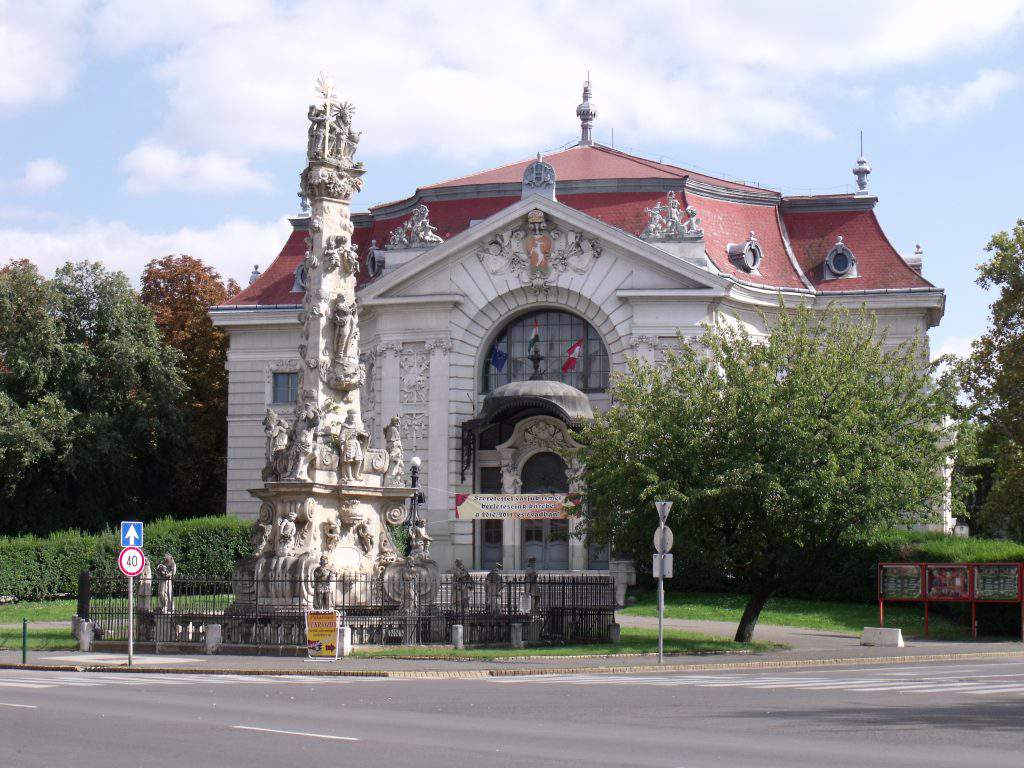
The National Theatre of Szeged burnt down right after its opening
The National Theatre of Szeged built in 1883 has a very interesting past, as the original building burnt down two years after its opening, thus it needed to be reconstructed immediately after its inauguration in 1886. It is nearly grotesque that it happened right after it bought the leftover scenery of the Ringtheater of Vienna after it – as well – was burnt down. The present building provides a sight for the gods. The statues of the Muses are placed on the facade, and even the frescos on the ceiling were named Muse, Tragedy, Dance and Music.

The Gergely Csiky Theatre of Kaposvár is a real secessionist wonder
The Gergely Csiky Theatre of Kaposvár is an outstanding representative of the Hungarian secessionist architecture. It was opened in 1911, and it was able to host 860 people. The building was reconstructed and restored several times until it got its present form. When visiting the theatre in the centre of the town, people can also inspect the Theatre Park around the building, which is the favourite meeting place of the local people with its fountains.
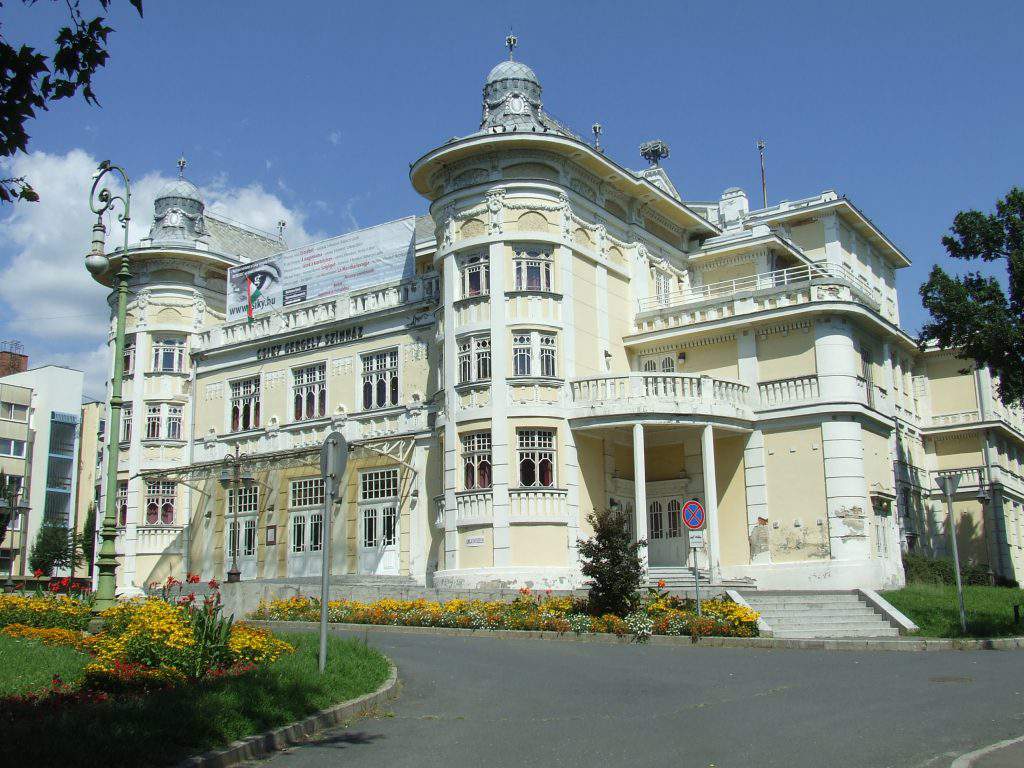
Csokonai Theatre of Debrecen built after some fires
The first stone theatre of Debrecen was opened in 1865 after a number of temporary locations. It was necessary because the former locations burnt down. The building constructed in the spirit of Romanticism has been reconstructed a few times since then, last time in 1982. This time the theatre was supplemented by elements of the modern technique, thus becoming a special place of the Hungarian theatrical art. Such celebrities started their career in the Csokonai Theatre as László Mensáros or Zoltán Latinovics.

One of the first Hungarian stone theatres: Petőfi Theatre in Sopron
Although Petőfi Theatre of Sopron built in 1840 is one of the first Hungarian stone theatres, the present building is identical with the original building regarding only its main walls, since in 1909 it was totally reconstructed. As a result, the town got a modern and unique theatre with a huge auditorium, beautiful upholstery and splendid glass chandelier. Historical events did some harm to the theatre, therefore it was renovated in 1992 keeping its original Secession style.
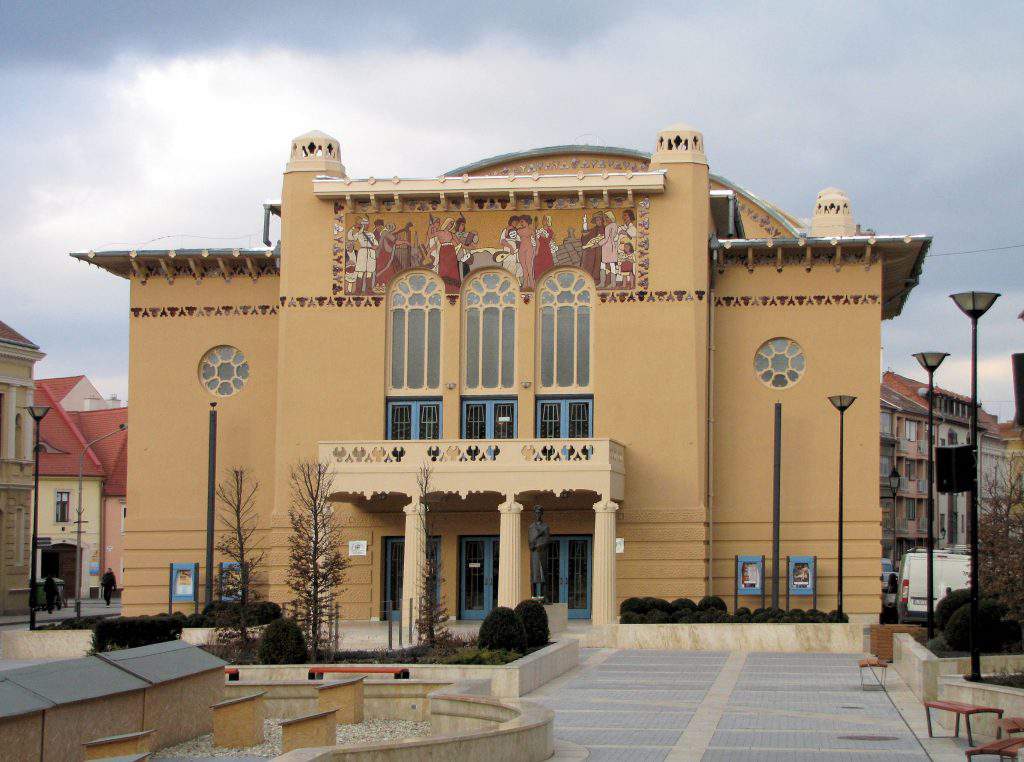
The Hungarian State Opera House represents the immortality of arts and music
The Hungarian State Opera House designed by Miklós Ybl is one of the main attractions of Budapest. The building inaugurated in 1884 can narrate several memories, as it survived two world wars, some revolutions and strikes. The Opera House built in the spirit of Neo-Renaissance pays its respects to the immortality of arts and music with all its elements such as its interior design made of marble, its decorative stairs, frescos and statues on the facade. A number of world-famous Hungarian singers started their career here, for example Erzsébet Házy, György Melis and Magda Kalmár, while foreign representatives of the world of opera sang here as well, such as Luciano Pavarotti and Montserrat Caballé.
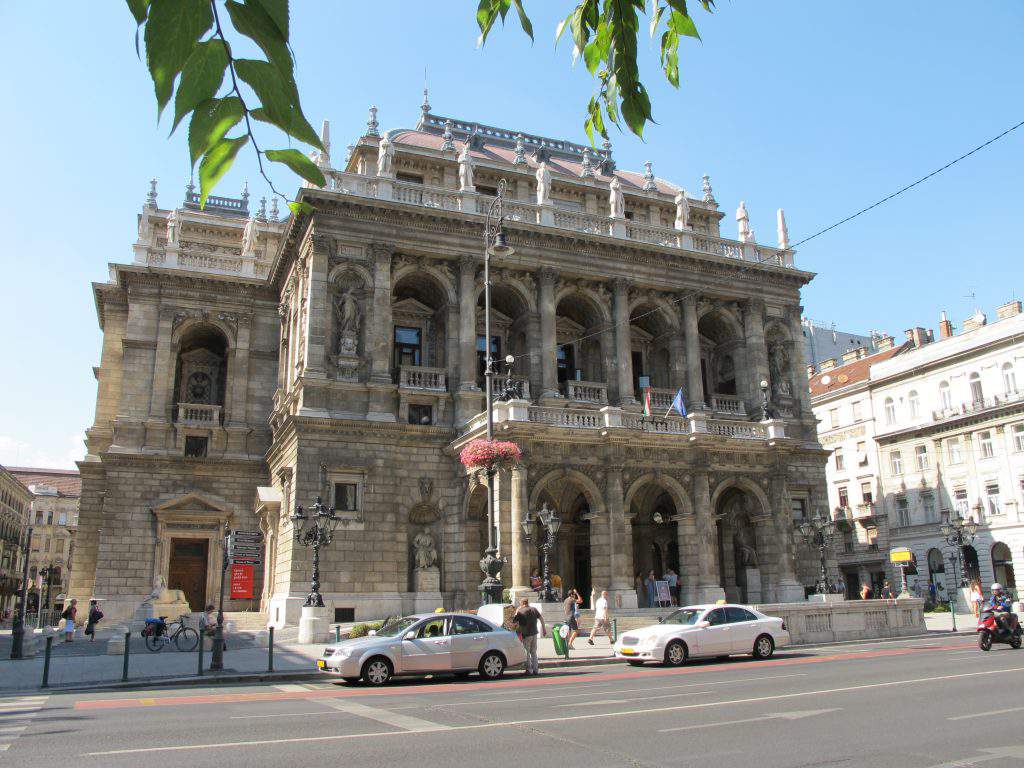
Ce: bm
Source: nlcafe.hu





